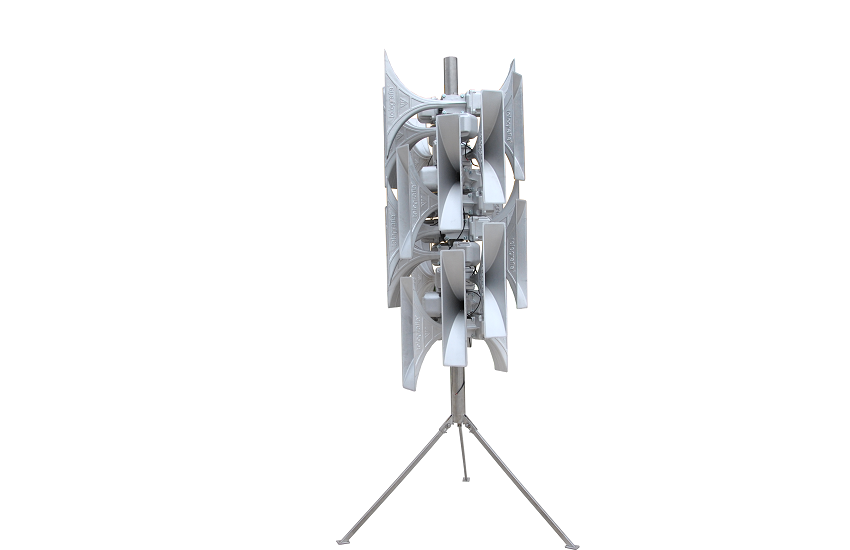
5 Clear Reasons Why Sound Is the Dominant Element in Early Warning
Listen to article:
Can you imagine how sound propagates and is perceived? What are the limits placed on the sound information channel by air as an information medium, the surrounding environment, and human auditory perception characteristics? Following a series of forthcoming articles on acoustics, you will better understand these issues, enabling you to make informed comparisons between different acoustic warning systems and choose the best one for your needs.
Auditory vs. visual perception
Imagine two groups of people: one group blind from birth, and the other one deaf. The blind can learn much more quickly than the deaf. Equally, when watching television, people find the interruption of the sound more distracting than the interruption of the picture. In engineering and scientific practice, it is common to interpret physical phenomena (e.g. the nature of radio signals from space pulsars, ultrasonic communication of marine mammals, etc.) by transforming the quantity under study into sound. The human ear can capture what the eye cannot, and instruments might or might not, for example, whether two simultaneous events are related or not.
Sound in early warning systems
Despite the rapidly developing capabilities of visual technologies, sound plays a dominant role in early warning systems. Let us look at why this is so:
- Hearing perception is “mandatory”, i.e. ears cannot be closed by lids or anything else like eyes.
- The field of auditory perception is virtually 360 degrees around the listener as opposed to the visual field.
- Listening is possible even behind optical barriers and in the dark.
- Visual communication may be prevented by smoke or power failure in an endangered area.
- In extreme, life-threatening situations or noisy environments with unpleasant noises, auditory perception can “pull” the attention of those at risk and make them follow the instructions of an acoustic warning system, for instance, during the evacuation from a danger zone.
Therefore, the sound is the best means of warning in the event of imminent danger. In the following article of this series, we will discuss how air affects sound propagation.
The article was written by
Hardware Team
Continuously changing requirements of our present and potential customers are the main driving force of our Hardware Development Department. Our products are daily enhanced with numerous new functions and it is our company’s ability to respond to these requirements so quickly that has brought it to the world-leading position among the warning systems manufacturers.

